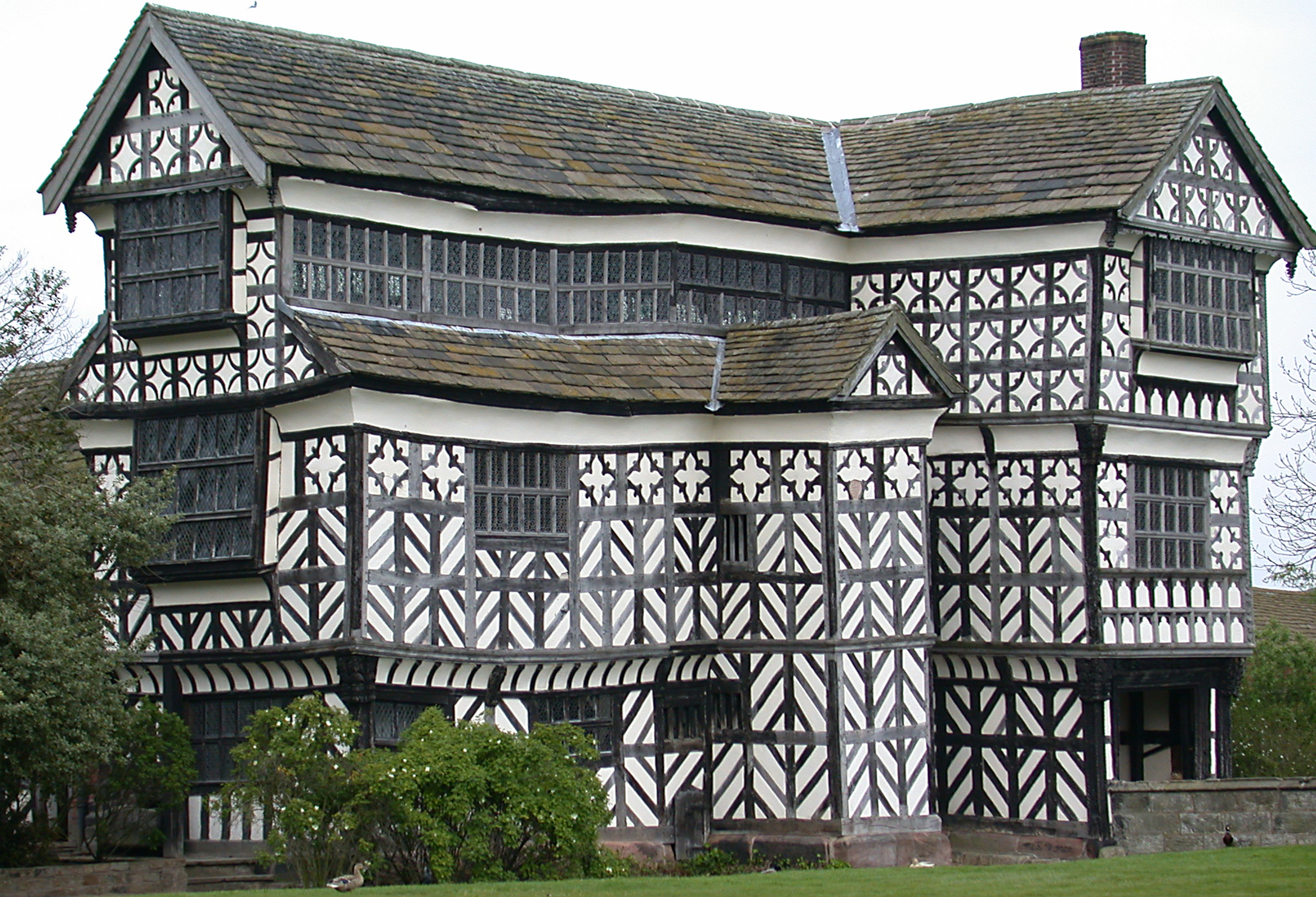
Wikimedia Commons
In the United Kingdom, a listed building is a structure of particular architectural and/or historic interest deserving of special protection.[1] Such buildings are placed on one of the four statutory lists maintained by Historic England, Historic Environment Scotland, Cadw in Wales, and the Northern Ireland Environment Agency.
A listed building may not be demolished, extended, or altered without permission from the local planning authority. In England, a national amenity societyOrganisation tasked with monitoring the planning and development of listed structures. must also be notified of any work to be done on a listed building that involves any element of demolition.[2]
Background
The extensive damage caused by German bombing during the Second World War prompted efforts to list and protect buildings that were deemed to be of particular architectural merit, and to determine whether they should be rebuilt.[3]
The scheme was formalised after the war by the Town and Country Planning Act 1947 covering England and Wales, and the Town and Country Planning (Scotland) Act 1947; listing was introduced into Northern Ireland under the Planning (Northern Ireland) Order 1972. The listing process has since developed slightly differently in each country of the UK.
England and Wales
In England, the authority for listing under the Planning (Listed Buildings and Conservation Areas) Act 1990 rests with the Department for Culture, Media and Sport (DCMS),[4] advised by Historic England, a non-departmental public body which manages the National Heritage List for England on behalf of the DCMS.[5]
In Wales, responsibility for the listing process has been devolved to Cadw, part of the Welsh Government’s Arts and Sport Department.[6][a]Cadw is a Welsh word meaning “to keep”, or “to protect”.[6]
Buildings are listed in England and Wales under three grades:[1]
- Grade I: buildings of exceptional interest
- Grade II*: particularly important buildings of more than special interest
- Grade II: buildings that are of special interest.
In general, all buildings constructed before 1700 and surviving in anything like their original condition are likely to be listed, as are most of those built between 1700 and 1850.[1]
Scotland
As with Wales, responsibility for the listing process has been devolved to Historic Environment Scotland, an executive agency of the Scottish government, under the terms of the Planning (Listed Buildings and Conservation Areas) (Scotland) Act 1997.[7]
The classification scheme is:[8]
- Category A: “buildings of special architectural or historic interest which are outstanding examples of a particular period, style or building type.”
- Category B: “buildings of special architectural or historic interest which are major examples of a particular period, style or building type.”
- Category C: “buildings of special architectural or historic interest which are representative examples of a period, style or building type.”
Northern Ireland
In Northern Ireland, where the responsibility for the listing of buildings is a function of the Department for Communities,[9] the classification scheme is:[10]
- Category A: “buildings of greatest importance to Northern Ireland”
- Category B+ : “high quality buildings that because of exceptional features, interiors or environmental qualities are clearly above the general standard set by grade B1 buildings”
- Category B1: “good examples of a particular period or style”
- Category B2: “special buildings that meet the test of the legislation”
